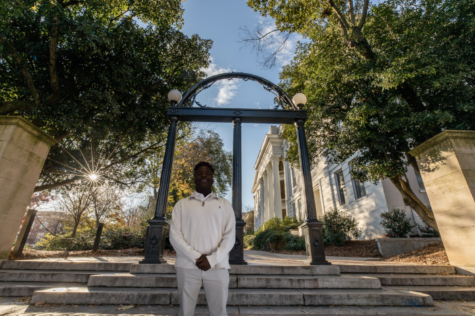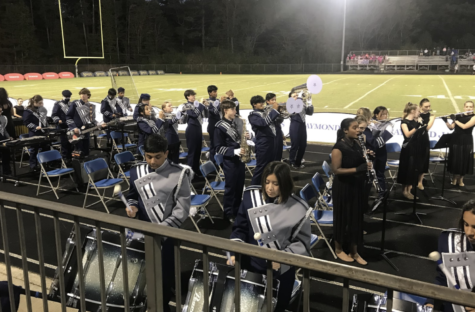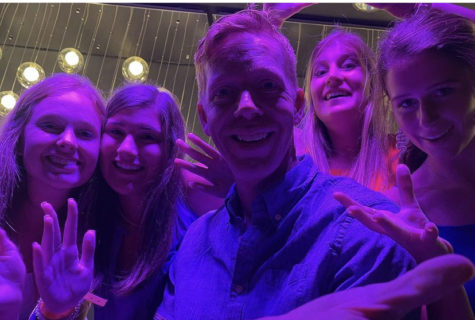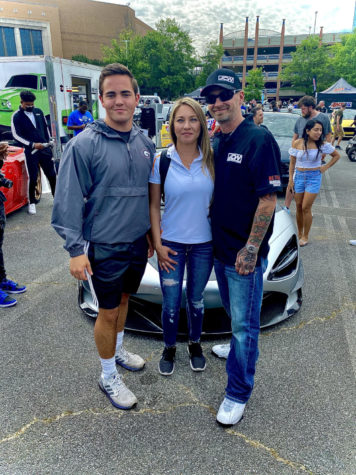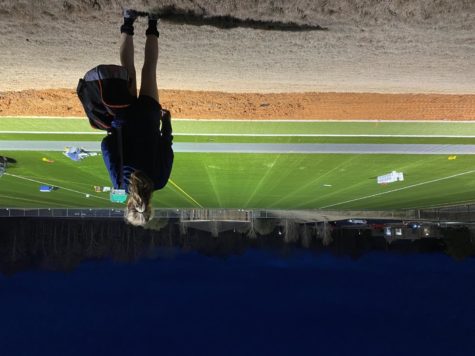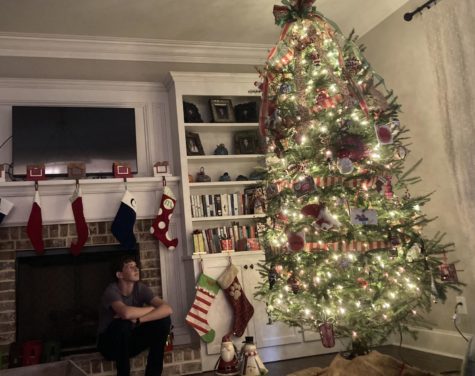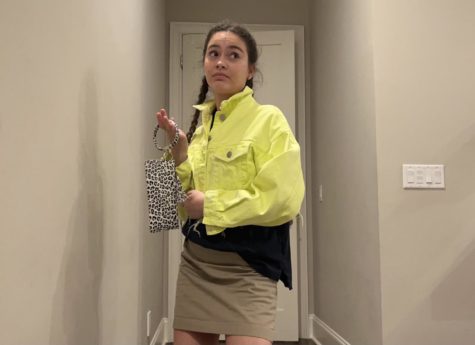Living with scoliosis
It’s challenging, but it could be worse

Niya Dillard, right, stands back-to-back with fellow sophomore Caroline Sutherland
It all began in the fall of 2009, when I was 7 years old. My older brother, Nathan Dillard, had received a mandatory scoliosis check-up at Heritage Elementary School, where he was a student at the time.
Scoliosis is a sideways curvature of the spine, which can in some cases be dangerous. The students were told to lean over, and a doctor traced their spine down to feel for a curve. Most kids were perfectly straight. But, in Nathan, they felt a tiny curve.
They contacted my mom and she made a doctor’s appointment right away. Fast forward to when he visited the doctor for the first time. The doctor’s gave him an X-ray and said the curve of his spine wasn’t anything too drastic and so we just made an appointment for a couple of months later.
Before we left the doctor’s office though, the doctor pulled my mom to the side and said he noticed something in my posture. Normally, when one sibling has scoliosis, the odds are high the other sibling will have it, too.
He told my mother he could tell just by watching me walk that I had scoliosis. So we also made an appointment for me in a couple of weeks.
I am now one of the shortest in my grade, standing at a whopping 5-foot-1 and a half. Being short is definitely due to the curve in my spine not allowing me to reach my full height. — Niya Dillard
At the doctor’s office, I did not know what to expect. I was told I needed to get an X-Ray first so they took me to the X-ray room first and we got started. I was told not breathe in front of the X-ray machine for 25 seconds, which was terribly difficult.
I then sat patiently and nervously with my mom for the results. The doctor came into the room and gave us the news I’ll never forget to this day.
He explained to my mom and I that I had a 32-degree curve in my spine and that I would eventually need to have surgery to fix the curve if nothing was done.
So he first started me out with wearing a back brace every night to prevent my curve from getting any bigger. After about four years of wearing my back brace at night, I then received news that my curve has grown and that I will need surgery to fix the curve. The recovery time for this surgery is about three months. So my family and I haven’t picked a good time to do it yet but we are leaning more towards this summer.
Having scoliosis has affected me from doing a few things such as active sports and growing.
While I played middle school basketball, I would get pains sometimes in my back while doing certain drills. Scoliosis hasn’t affected me running track though, thankfully. I use to be considered tall in middle school believe it or not but that all changed by eighth grade.
I am now one of the shortest in my grade, standing at a whopping 5-foot-1 and a half. Being short is definitely due to the curve in my spine not allowing me to reach my full height. Scoliosis hasn’t affected too much of my life except wearing my back brace every night, even when I go to sleepovers, is not always a fun thing to do.
Life with my scoliosis is sometimes challenging, but it could always be worse.
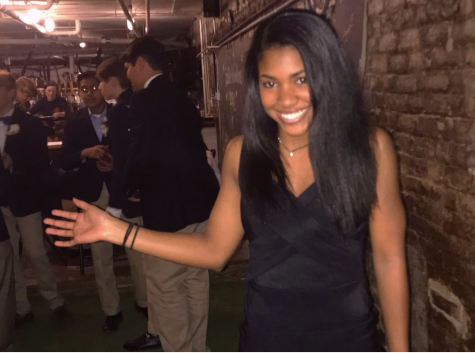
GRADE: Sophomore
YEARS ON GAZEBO: First year.
MY FAVORITE THINGS: Eating at Moe’s. Bowling. Playing with my dog, Noelle. Traveling. Hanging with...




